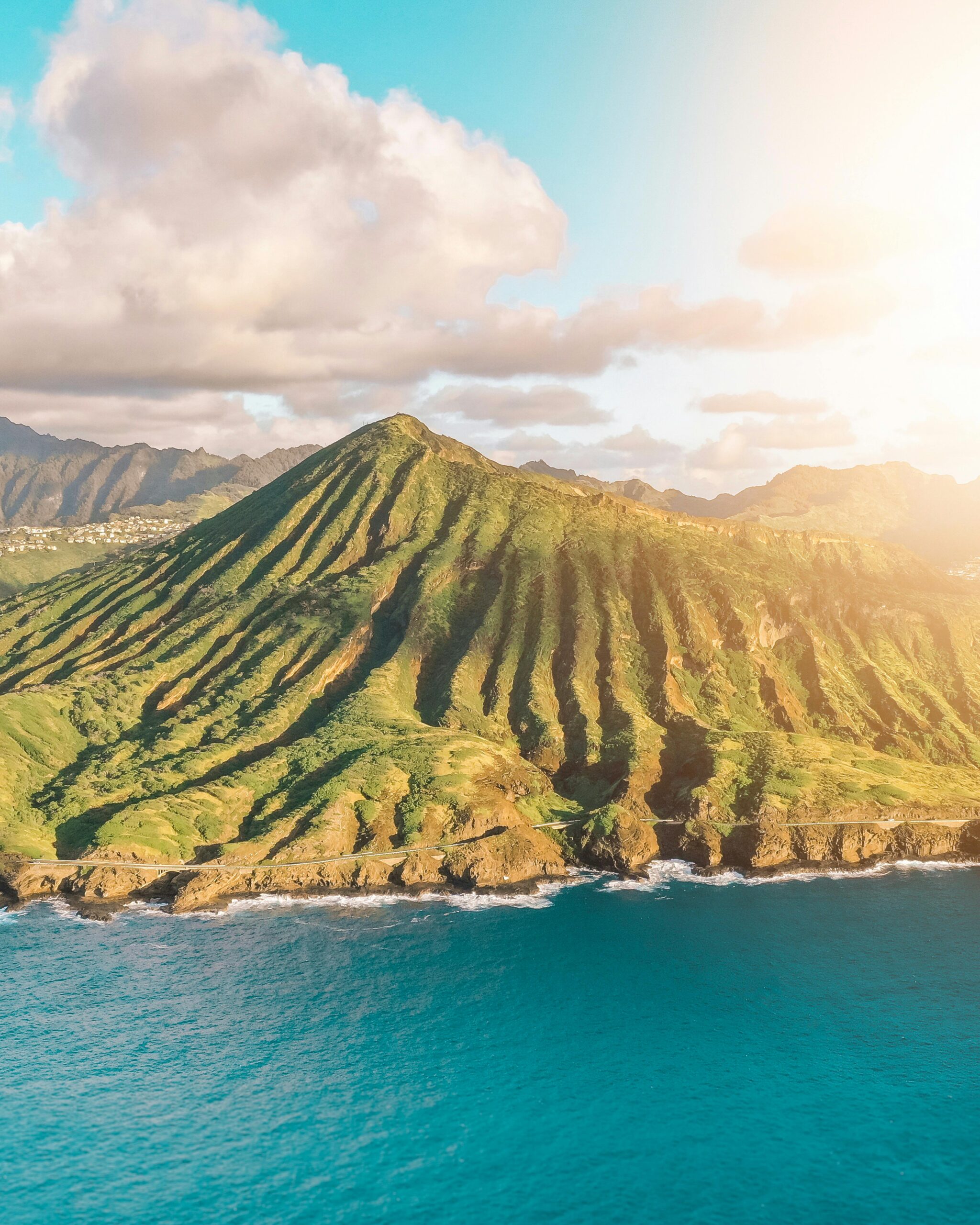 Koko Head Hike: A Journey Through Hawaii’s Rugged Beauty
Koko Head Hike: A Journey Through Hawaii’s Rugged Beauty
Introduction:
The Hawaiian Islands are known for their spectacular scenery, ranging from rainforests to rugged volcanic deserts. Among them, Coco Head Hike stands out as a unique and challenging experience. Located in the southeast region of Oahu, the Koko Crater Trail, also known as Koko Head Stairs, offers an adventure that tests both physical endurance and mental strength.
This hike is not just an uphill climb; It’s a journey through Hawaii’s rugged beauty, offering rewarding panoramic views to those who conquer its steep climbs.
The awesome Koko Head Hike takes you up a steep railroad trail on the rim of an inactive volcanic crater on the Hawaiian island of Oahu. It will hurt your legs the next day!
Historical Background of Koko Head Hike:
The Cocoa Head Hike is more than just a trail. It is a historical landmark. During World War II, the U.S. Army built a railway system to transport supplies and personnel to the summit of Coco Crater, where a lookout post was established.
The remnants of this railway system are now the infamous “stairs” that hikers climb today. This historical context adds a layer of significance to this hike, as each step taken is a step in history, connecting the present to the past.
The Challenge:
The Cocoa Head Hike is often described as a stairway to heaven or hell, depending on your perspective. The trail is basically a straight shot towards Coco Crater, following the old railroad track. The hike is about 1.6 miles (2.6 km) round trip, with an elevation gain of about 1,207 feet (368 meters).
What makes this hike particularly difficult is the incline. With over 1,000 steps to the summit, the trail is steep and unrelenting. The stairs themselves vary in size and height, with some sections requiring a near-vertical climb. As you go higher, the temperature rises, and the sun beats down relentlessly, making hydration and sun protection very important.
The trail’s intensity has earned it a reputation as a fitness test for locals and a rite of passage for tourists. However, it is important to note that this hike is not for the faint of heart. It demands physical fitness, determination, and a willingness to overcome suffering. The risk of injury is real, especially on descents, where steep slopes can be difficult to navigate.
Many Hawaiian locals and tourists alike enjoy this hike for exercise and calorie burning, and the sunrises and sunsets are known to be spectacular.
I’ve hiked the Coco Crater Trail several times over the years, and it’s always a lot of fun. It’s not a very dangerous hike and there’s no falling to death, but it’s a real fitness test and may not be enjoyable for everyone.
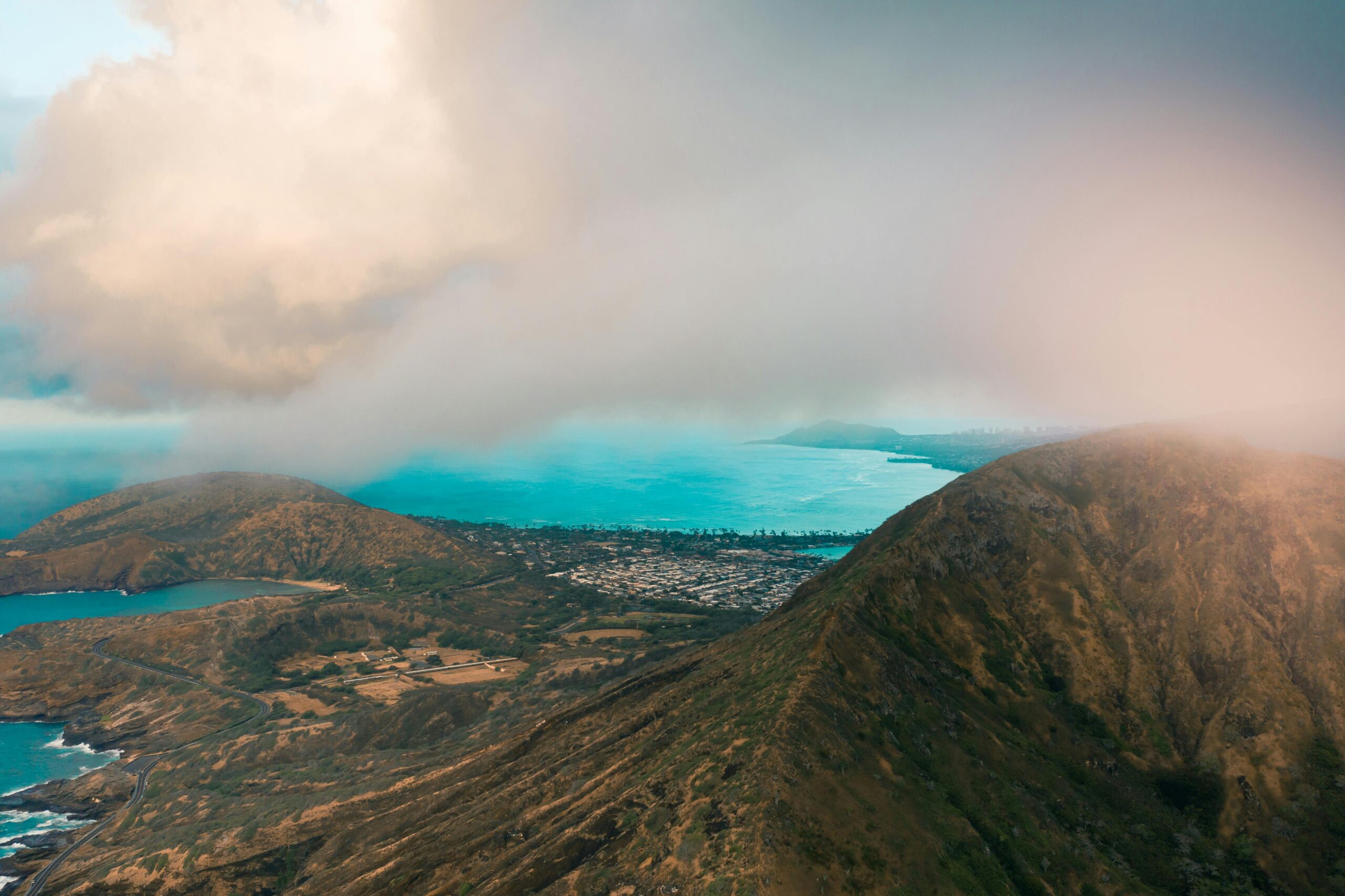 The Experience
The Experience
Despite the physical demands, the Cocoa Head Hike offers an experience unlike any other. From the moment you begin the hike, you are surrounded by the raw, unsurpassed beauty of Oahu’s landscape.
The trail cuts through dry, rugged terrain, dotted with resilient shrubs and cacti that thrive in arid conditions. As you ascend, the views begin to unfold, offering glimpses of the ocean and the island’s volcanic mountains.
One of the most notable features of the addition is the “bridge”. About halfway up the trail, the railway crosses a small gully, where the track hangs above the ground. For some, this section can be intimidating, as the steps are separated, and there is a sheer drop below.
However, there is an alternative route that allows hikers to cross the bridge if they prefer to keep their feet on solid ground.
The Cocoa Head Hike is a bit like Hawaii’s version of the infamous Manitou Incline in Colorado. To be fair, Coco isn’t as tough as Manitou, but instead of high altitude to contend with, you have the tropical heat and humidity of Hawaii.
Coco Head is also quite steep. Even seasoned hikers will feel intimidated when they hit the trail and see the steep climb that awaits them. From the start, you can see little hikers climbing the mountain, like ants in the distance.
As you approach the summit, the landscape becomes more barren, with rocky outcrops and sparse vegetation. The final stretch is the fastest, testing your endurance as you make your way through the last few stages. But the reward is worth every ounce of effort.
The Summit:
Reaching the top of Cocoa Head is a triumph in itself. At the top, you’re greeted with a 360-degree panorama of Oahu. To the east, you can see the turquoise waters of Hanuman Bay, a popular snorkeling spot. To the north, the island’s lush mountains stretch into the distance, while the Pacific Ocean lies to the south and west. On a clear day, you can even see the distant islands of Molokai and Maui.
The summit is also home to the remains of old military bunkers, which have become canvases for graffiti artists. These structures serve as a stark reminder of the area’s wartime history, contrasting with the natural beauty that surrounds them.
Most hikers take a moment at the top to catch their breath, take photos and soak in the views. It’s a place of reflection, not just on the hike, but on the journey that brought you there. The sense of achievement is palpable, as is the connection to the island and its history.
Tips for a Successful Hike:
- Start early: The trail is exposed, with little shade, so it’s best to start early to avoid the afternoon heat. Cooler temperatures make the climb more manageable, and the sunrise views from the top are spectacular.
- Hydrate: Bring plenty of water, as there are no facilities on the trail. Staying hydrated is very important, especially in hot, dry conditions.
- Wear Appropriate Footwear: Uneven steps and steep inclines require sturdy, comfortable shoes with good grip. Hiking boots or athletic shoes are recommended.
- Pace yourself: This hike is a marathon, not a sprint. Take breaks as needed, especially if you are not used to steep climbs. Listen to your body and don’t push yourself beyond your limits.
- Be careful with the descent: The way down can be tough, especially if your legs are tired from the climb. Take your time, and use handrails where available.
- Respect the Trail: Leave no trace. Take all your trash with you, and respect the environment. The trail is a natural and historical treasure, and must be preserved for future generations.
Is Koko Head Dangerous?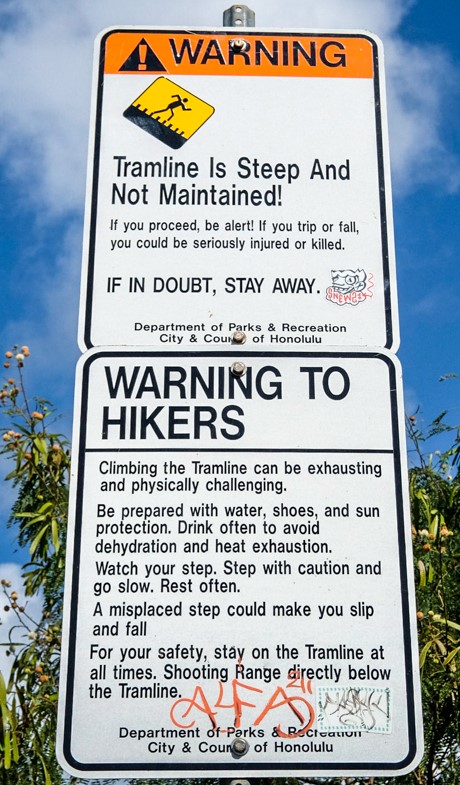
The Koko Head trail is not dangerous if you’re careful and watch your step.
To be fair, there is a short section where the railway becomes a bridge with a 10-foot drop below, but you can go around the bridge if you want, and most people do.
There have been a few accidents and injuries at Cocoa Head over the years, but no deaths from falls. The only deaths here are related to health problems such as heart attacks.
This is not a great hike for children, the unfit, or the elderly. If you are in one of these categories, please take your time and walk more slowly on this trail, especially on the way back. Also bring plenty of water and a hat. seriously Bring more water than you think.
How Long Is The Koko Head Hike?
The Cocoa Head hike is about 1.6 miles round trip (2.6 km) if you start from the main parking lot. The hike is not very long. For most people, it will take around 1 to 2 hours, depending on your speed.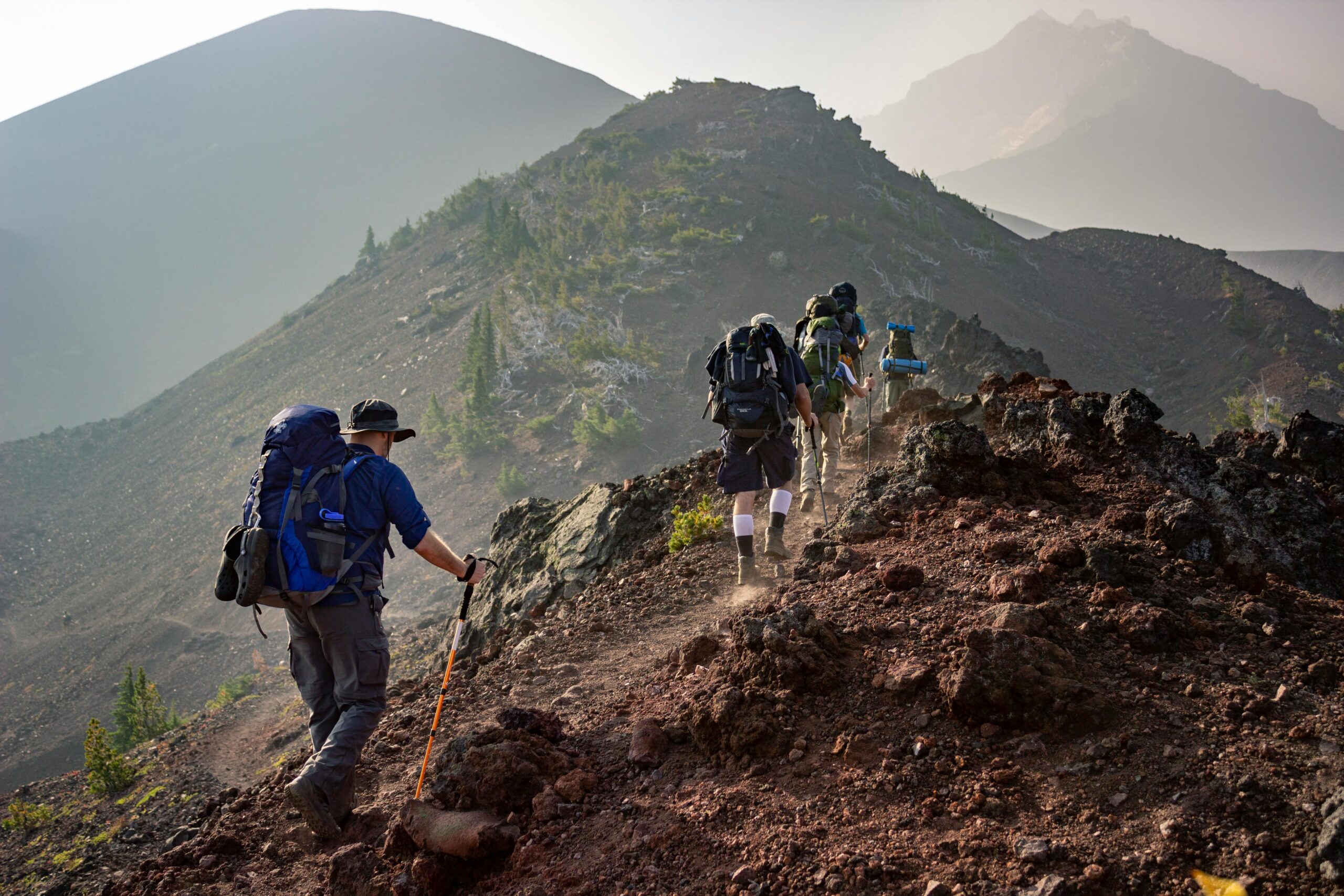
Plan on maybe at least 30 minutes to get to the top, and then about the same amount of time to get down. If you need a lot of rest, it will take longer. It’s also possible to go faster if you’re super fit, and I’ve heard of people running up the Coco Stairs in less than 10 minutes, which is crazy.
If you want to extend the hike and go even further, you can also hike the Coco Crater Rim Trail and Coco Arch, although these are a bit sketchy and not recommended for everyone. I will explain more about these side trails later in this blog post.
Entrance Fees:
Entry and parking for this hike are free at the time of writing, and you don’t need to book anything in advance.
If you enjoy this hike, consider donating to the Kokonut Koalition. They are a non-profit group that maintains the trail and helps keep it accessible.
Is The Hike Legal?
Yes, the stairs at Cocoa Head are 100% legal and many people climb them every day.
I will update this guide if anything changes!
Here are the official trail hours:
- Koko Head District Park: 4 AM – 11 PM
- Parking Lot: 6:30 AM – 11 PM
Sunset At Koko Head: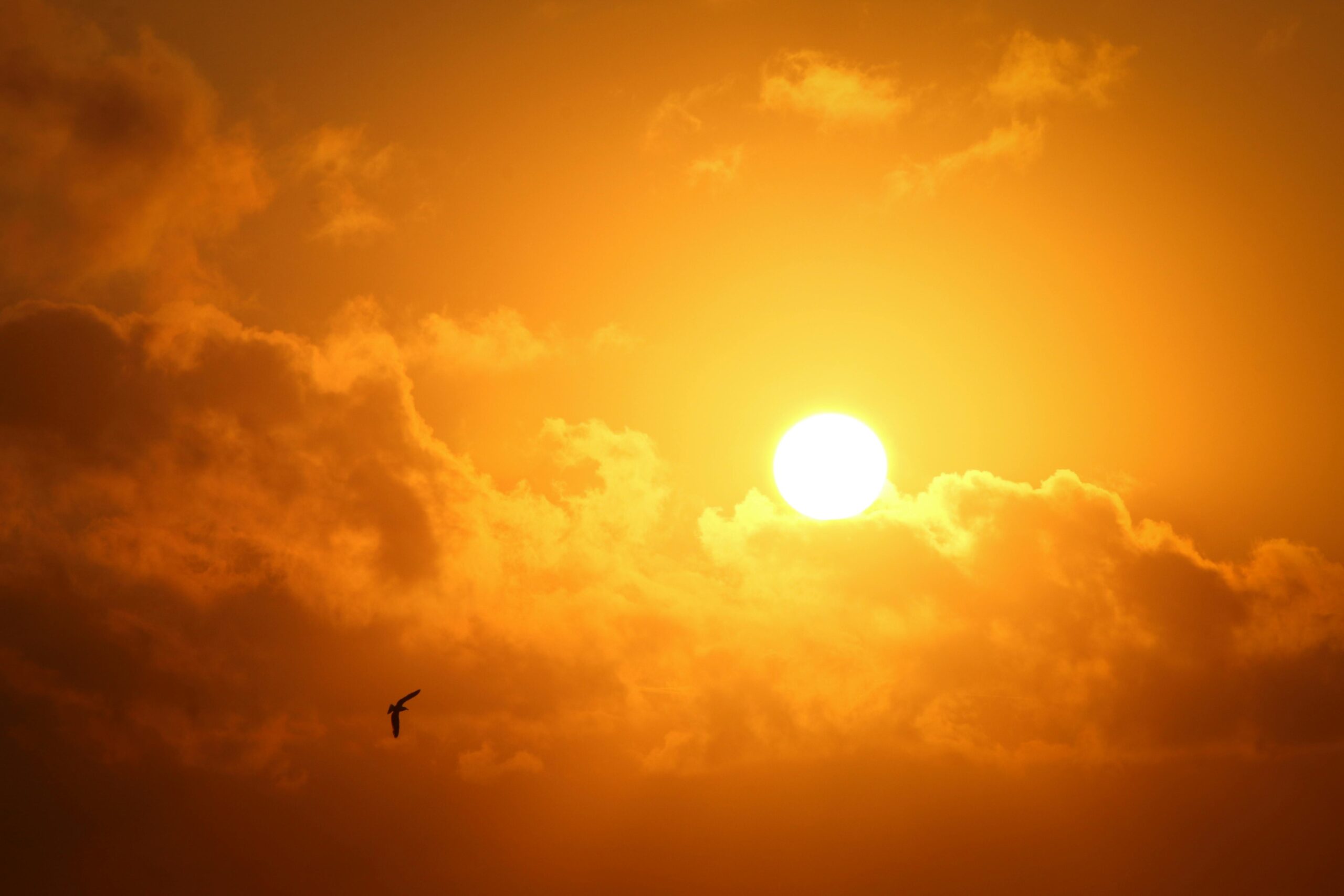
Watching the sunset from Cocoa Head is an experience you will remember long after the sun has sunk below the horizon. The exertion of climbing the Koko Crater trail takes on a different character as the day begins to fade, with the sun softening and the golden hour casting a warm glow on the landscape.
Conclusion:
The Cocoa Head hike is more than just a physical challenge. It is a journey through time, nature and personal endurance. For those who dare to tackle its steep stairs, the rewards are great. The scenic views from the summit, the historical significance of the railroad, and the sheer sense of accomplishment make this hike one of Oahu’s most unforgettable experiences.
Whether you’re a seasoned hiker or just looking for a unique adventure, the Cocoa Head Hike offers an unparalleled opportunity to connect with Hawaii’s raw beauty.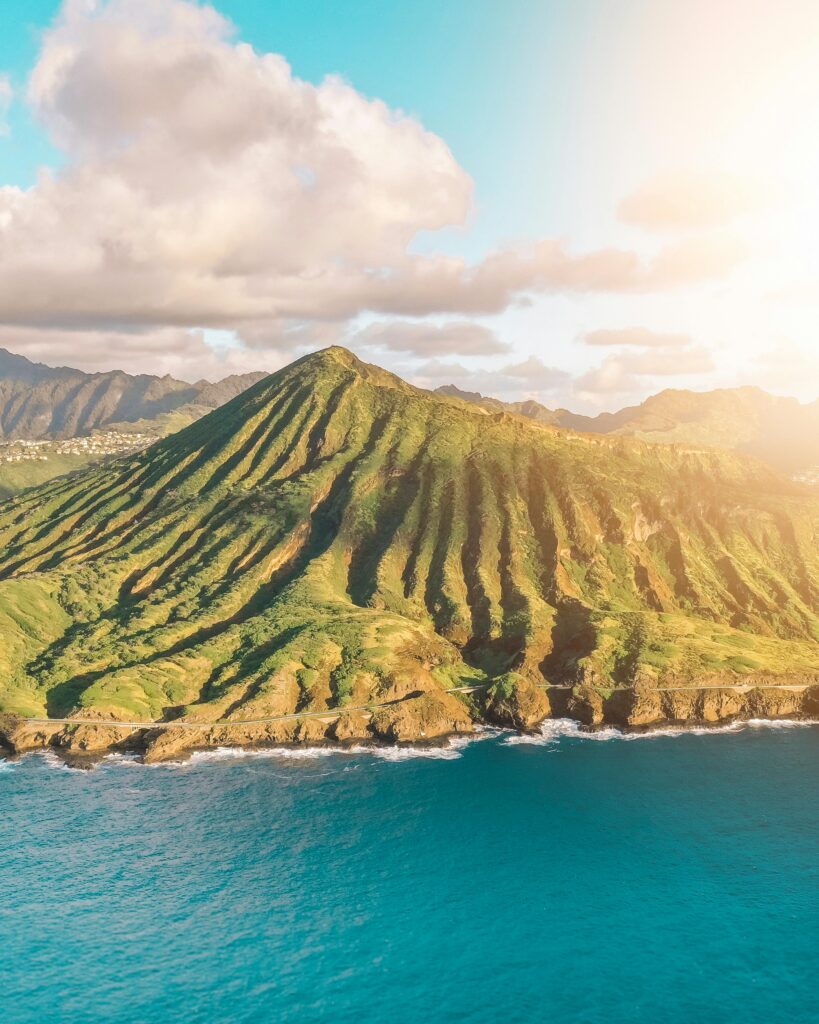
It is a place where history and nature meet, where every step brings you closer to the rugged heart of the island. Conquering Cocoa Head isn’t just about reaching the top. It’s about embracing the journey, every hard, sweat-soaked step along the way.
The Cocoa Head Hike is a test of endurance, a walk through history, and an opportunity to witness some of Hawaii’s most breathtaking views. So lace up your shoes, bring plenty of water, and get ready for a trip that will challenge you, inspire you, and leave you with memories to last a lifetime.

